Only about one hour east of Kraków lies the charming and picturesque city of Tarnów.
Małopolska’s second city by size, Tarnów is absolutely dwarfed by Kraków but features many of the same charms without the crushing crowds, inflated prices and occasional feelings of herd mentality that unfortunately come with a tourist market the size of Kraków’s. On the contrary, Tarnów offers visitors the comforts and appeal of a small town along with the rich history and heritage of a bigger city. Possessing one of the most picturesque and well-preserved Old Towns in Poland, Tarnów is a showcase of medieval urban planning and Renaissance architecture. As a romantic stroll through the city’s cobbled pedestrian lanes quickly reveals, Tarnów is loaded with historical monuments at every turn, plus several worthwhile museums and galleries.
While the city’s nightlife may not have the sizzle of Kraków, there are still plenty of bars, cafes and restaurants, where you’ll find it easy to meet friendly local folks who are proud of their city and eager to impress out-of-towners. The perfect place for a romantic weekend or overnight escape from Kraków, Tarnów offers cheap accommodation even in the most choice locations, enough culture and attractions to occupy a couple days, and most of all, a peaceful and friendly atmosphere away from the crowds. If this is your second or third trip to Kraków, it’s time to head over to Małopolska’s second city and discover what Tarnów has to offer.1. The Quintessential Charming Old Town
Tarnów’s historical centre is one of the most well-preserved and picturesque in Poland, living up to every imagined ideal of the quintessential European Old Town. Laid out in the early 14th century, the medieval urban plan is characterised by narrow lanes leading up to the large open plaza of the market square (Rynek), with its iconic Town Hall at the centre. Remodelled in Renaissance style at the end of the 16th century, Tarnów’s Town Hall (today a museum) and the decorative Renaissance merchant houses surrounding the market square on all sides have earned the city the moniker ‘Pearl of the Renaissance.’ Today these buildings host various cultural venues, museums, restaurants and cafes, and in the spring/summer the Rynek comes to life with locals enjoying the numerous outside seating areas that give it a warm and welcoming appeal. With renovations completed in 2020, Tarnów’s market square has never looked better.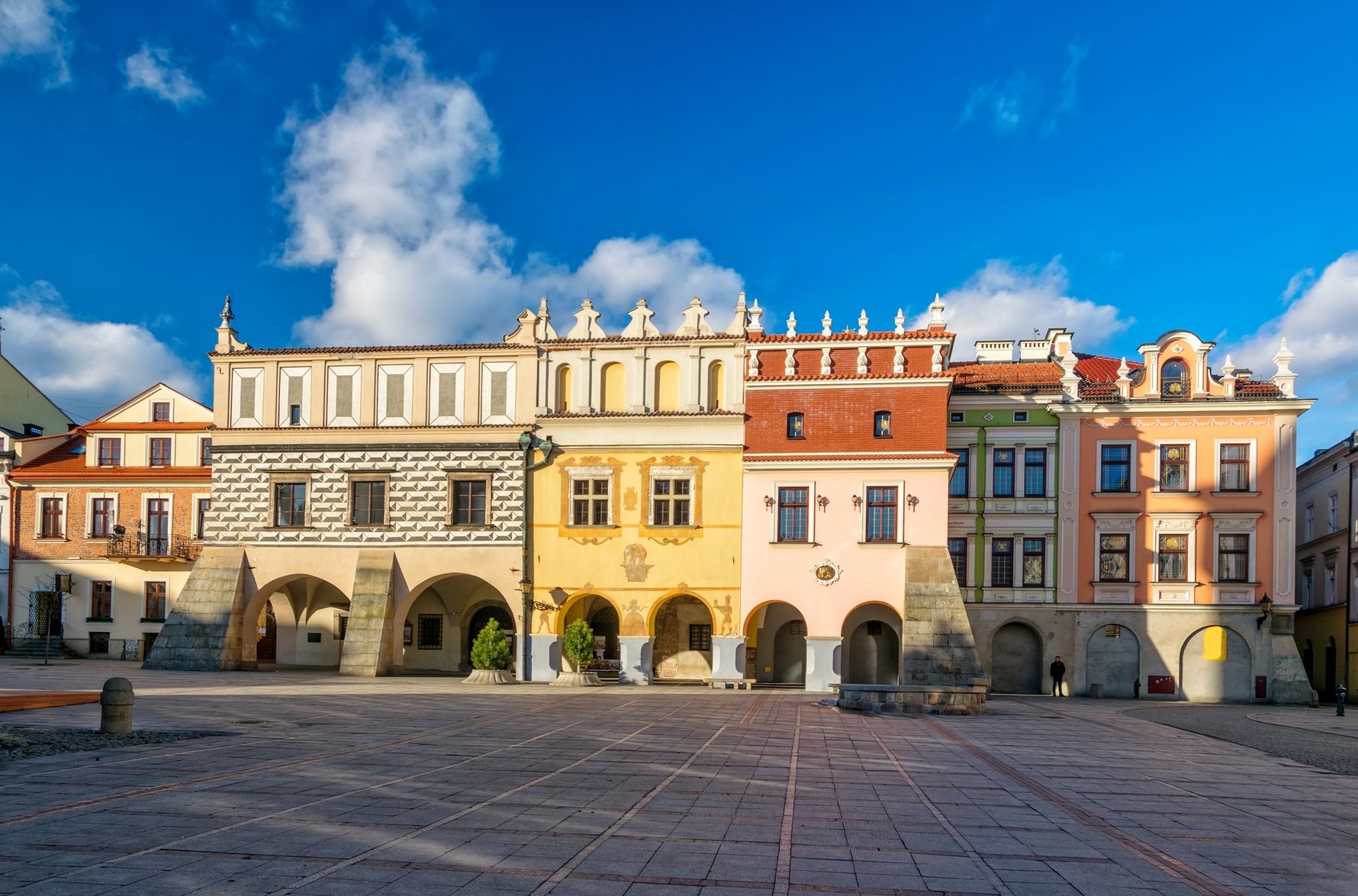
2. Rich Jewish & Romani Heritage
For centuries Tarnów was a multicultural centre where Polish, Hungarian, Jewish and Romani cultural traditions peacefully coexisted and even overlapped. Dating back to the 15th century, Jews made up an increasingly large part of the city’s intellectual and cultural elite for the 500 years leading up to World War II. At the outbreak of the war there were some 25,000 Jews living in Tarnów - accounting for 45% of the city’s total population. Over the next four years of Nazi occupation, however, they would be mercilessly persecuted, imprisoned and ultimately exterminated, primarily in the death camps of Bełżec and Auschwitz. In fact, Tarnów takes its place in the history books as the city from which the first transport of prisoners was sent to Auschwitz; today a monument honours these events.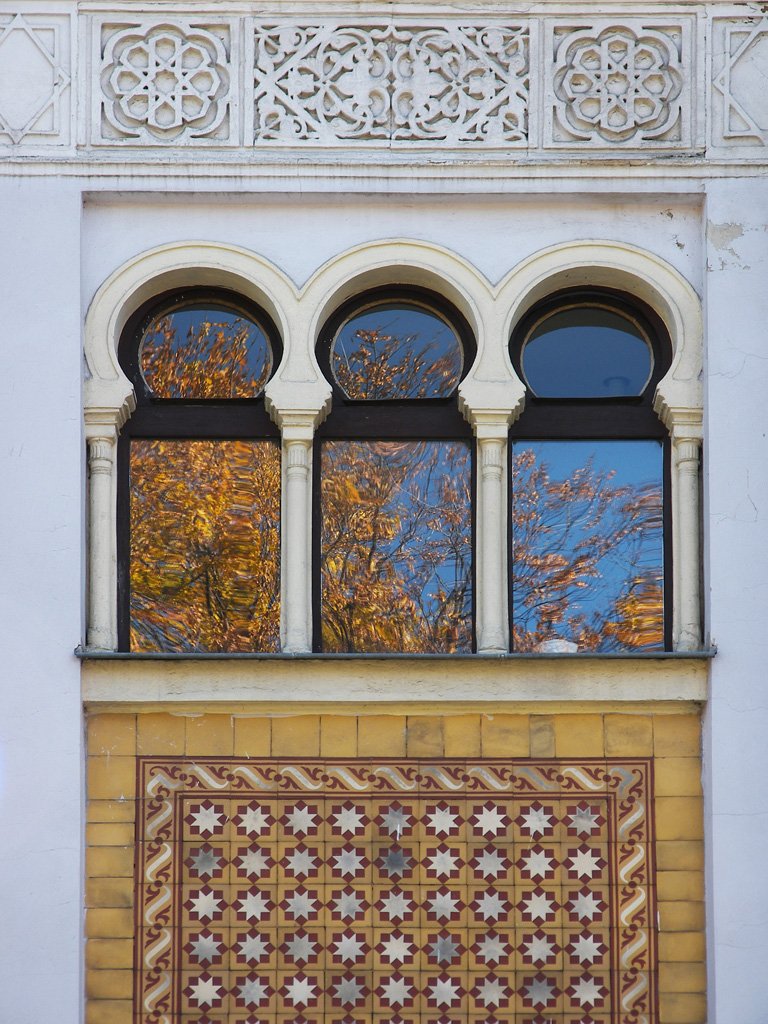
Perhaps most significantly, Tarnów is home to one of the oldest and largest Jewish cemeteries in Poland. The recent subject of extensive restoration works, Tarnów Jewish cemetery dates back to the 16th century and includes over 6000 headstones. Perhaps evidence of its significance, the cemetery’s original gates were sent to the United States Holocaust Musuem in Washington DC and replaced with replicas (though we really think that should have been the other way around). If you’d like to enter the Jewish Cemetery, independent visits must be arranged through the tourist information office on the market square. For more info about Tarnów’s Jewish heritage, read our Jewish Tarnów feature.
While today’s Tarnów lacks a significant Jewish community, the same cannot be said of the Tarnów Romani (gypsy) community. Like the Jews, the Romani were a nationless diaspora living in the region since the 15th century, which also suffered horrific (though much less discussed an documented) genocide at the hands of the Nazis during World War II. The region surrounding Tarnów in particular was the site of several known massacres of Romani communities. In the post-war era, when many surviving Jews left Poland for the new nation of Israel and other countries, Małopolska actually saw the resettlement of Romani communities. Tarnów was particularly welcoming of the Romani after the war, establishing cultural centres, educational and social institutions to help support them.
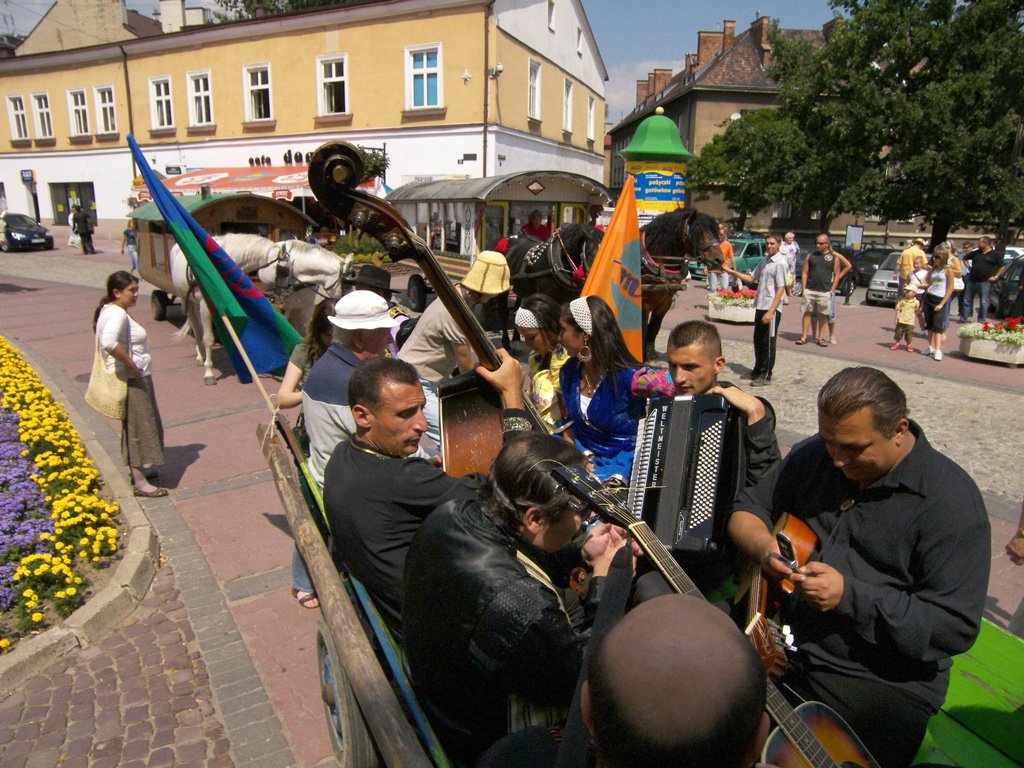
3. Wonderful Wooden Architecture
If you’re interested in the Małopolska Wooden Architecture Trail, but aren’t up for the long, wild drives around the countryside, look no further than Tarnów. The city features three charming wooden churches, and visiting them will also lead you to several other points of interest. The most notable of Tarnów’s wooden churches is St. Mary’s, which is only a short walk south from the market square. En route you’ll wander through the ‘Burek’ - the city’s expansive market area where various merchants sell everything from fresh fruit and flowers to hubcaps and hosiery; don’t miss the charming Organ Grinder sculpture at the top of the square. St. Mary’s dates back to the 15th century and has regular opening hours, meaning you can not only enjoy the lovely exterior, but also get inside to appreciate the smell of the timber and see the floral decorations on the ceiling.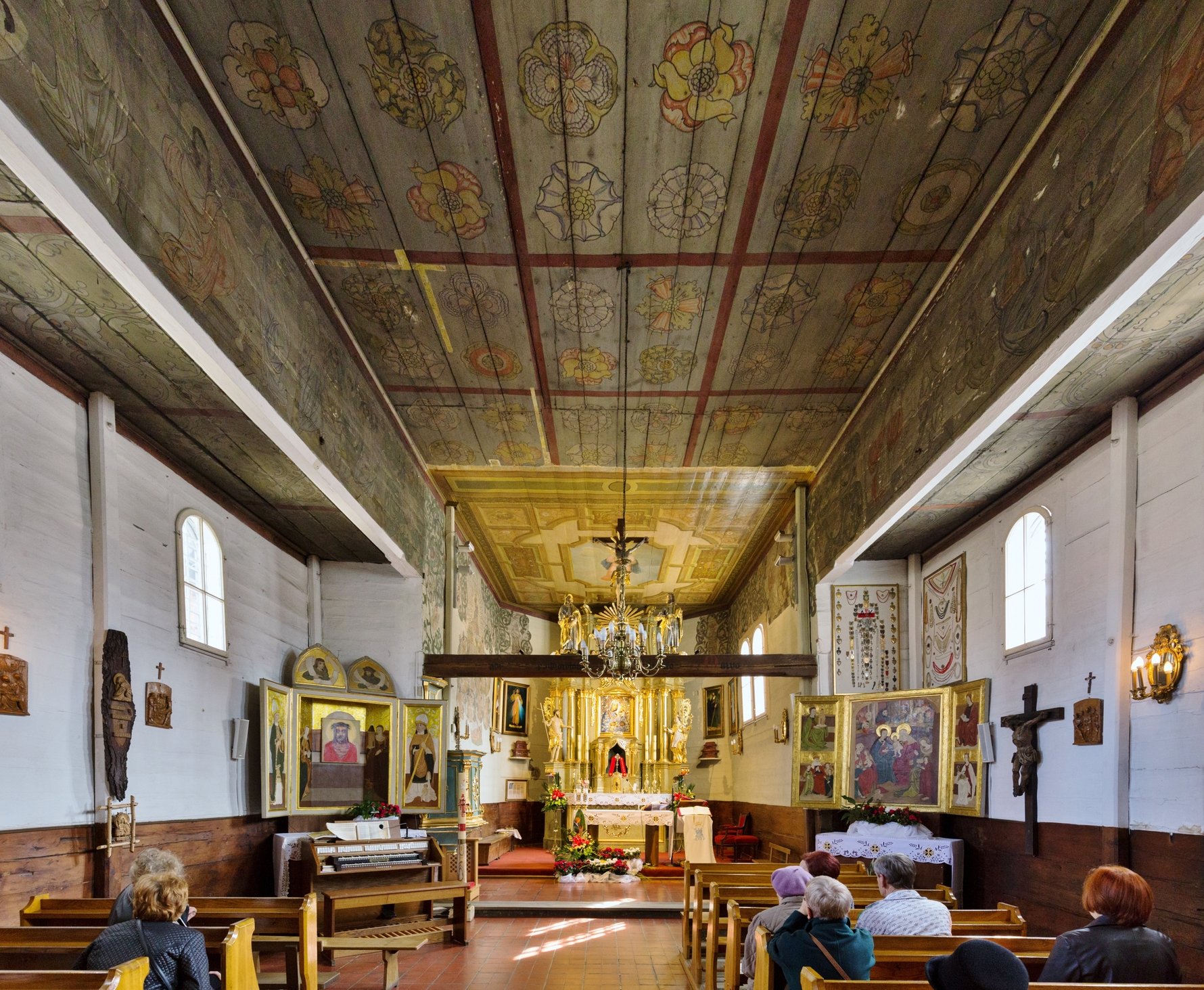
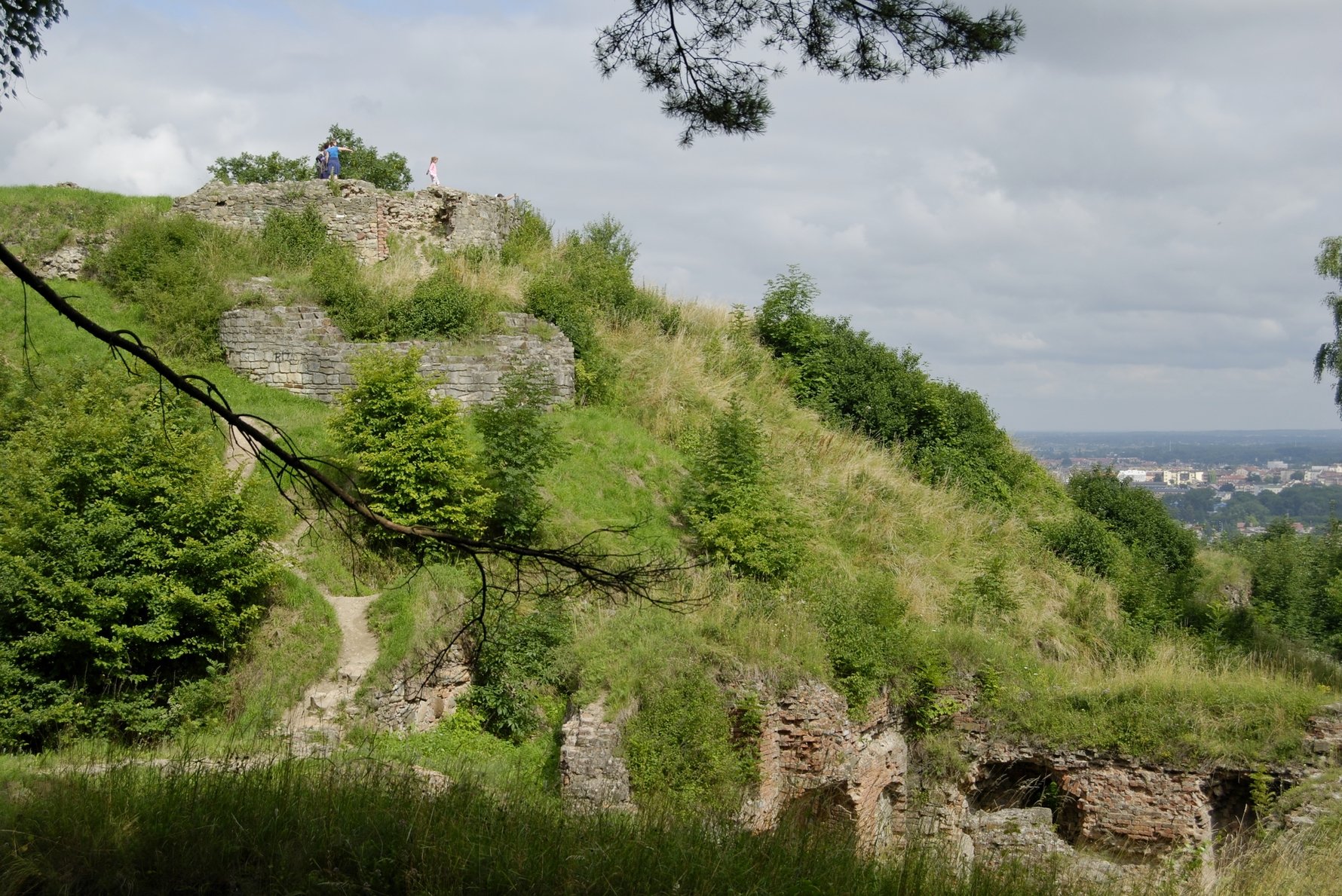
4. Top Tipples: Tarninówka, Trzech Kumpli, Polish Wine Country
Although Tarnów’s gastronomy and nightlife scenes may not reach the heights of Kraków, what the city does have in spades is signature drinks, including its own flavoured vodka, one of Poland’s top craft beer brands, and some of the country’s best wines.
TARNINÓWKA
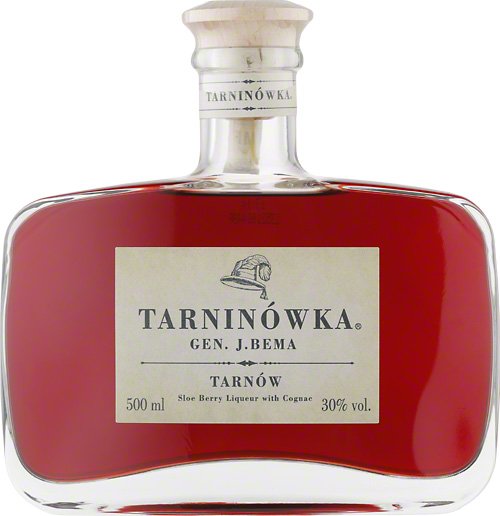
TRZECH KUMPLI
A strong editorial favourite, Trzech Kumpli is one of Poland’s best craft breweries, started by three friends (trzech kumpli) from Tarnów’s Mościce district. If you appreciate craft beer, particularly new wave IPAs, make sure to seek them out. Their most-awarded signature beer is called ‘Pan IPAni’ (a bit of wordplay meaning ‘Mr. & Mrs.’) - a unique and simply outstanding beer that doesn’t fit into easy categorisation, but the brewers themselves consider it a wheat IPA. Also try their ‘Misty’ contemporary IPA and ‘Oaty’ oatmeal stout; you won’t regret it (just look at all these enticing brews!).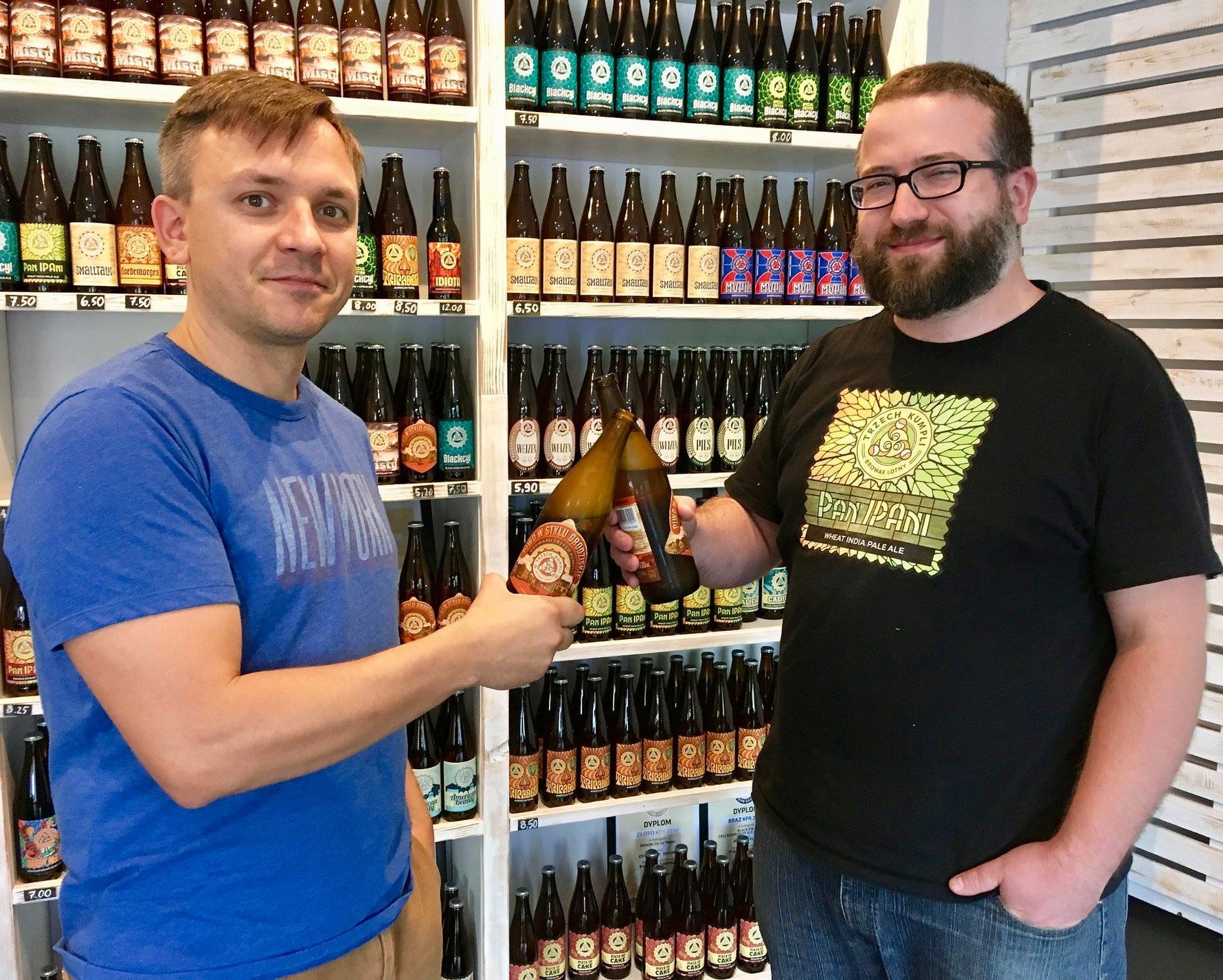
POLISH WINE COUNTRY
Vodka and beer are like the potatoes and cabbage of the Polish drinking diet, but what really sets Tarnów apart is that the region harbours the best wineries in the entire country. Thanks to its warm temperatures, long summers, sunny days and south-facing slopes, the Pogórze area just south of Tarnów is considered the Polish Napa Valley. With over a dozen small vineyards offering tours and tastings all within 35km of Tarnów amidst some simply beautiful countryside, it’s the perfect area for an oenophile road trip. Find out more, including some of the best wineries to visit, by reading our special feature on Tarnów Enotourism.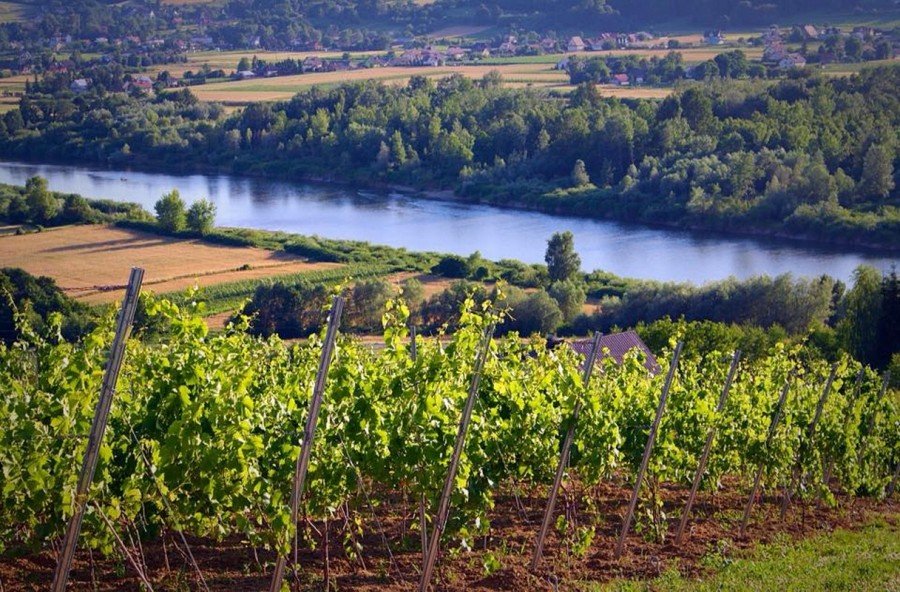
5. Easy to Get To
One of the primary advantages of a trip to Tarnów from Kraków is how easy it is to get there. About 80km to the east, thanks to the A4 highway (which is still toll-free in that direction) Tarnów can be easily reached by car in less than one hour.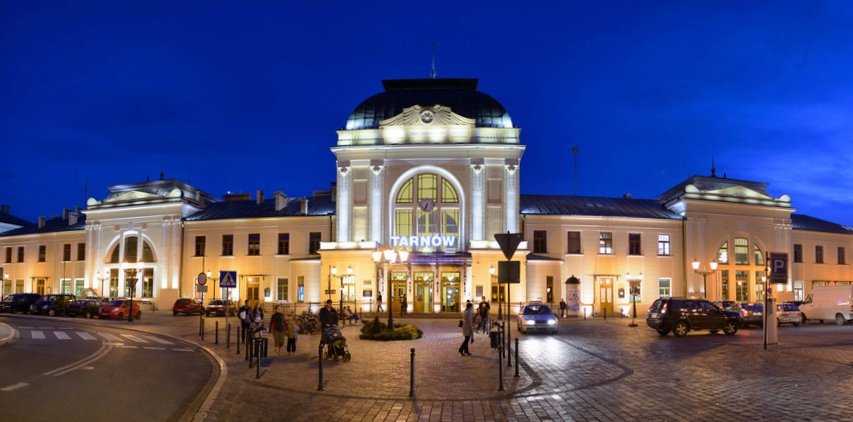


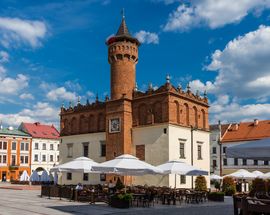
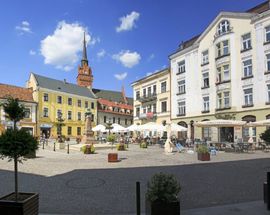
_m.jpg)
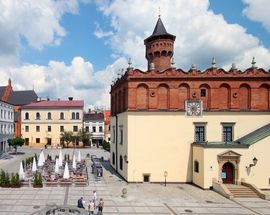
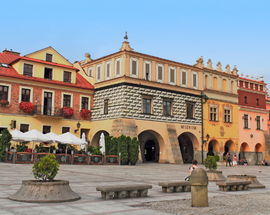
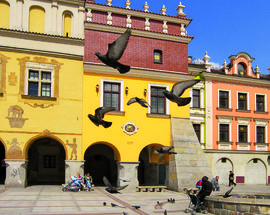
_m.jpg)
_m.jpg)
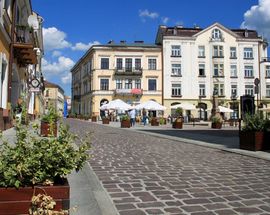
_m.jpg)
_m.jpg)
_m.jpg)
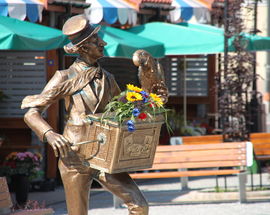
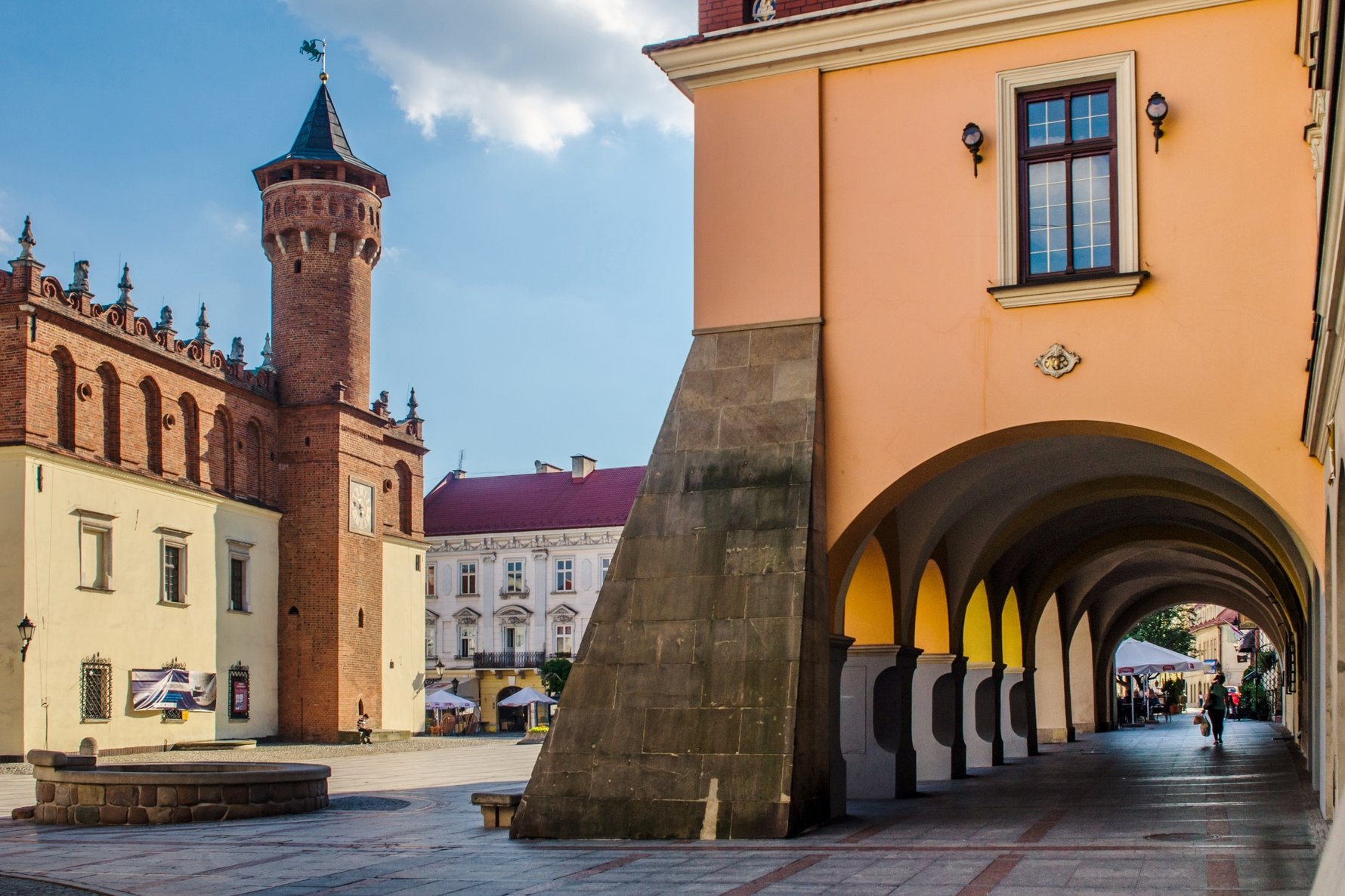
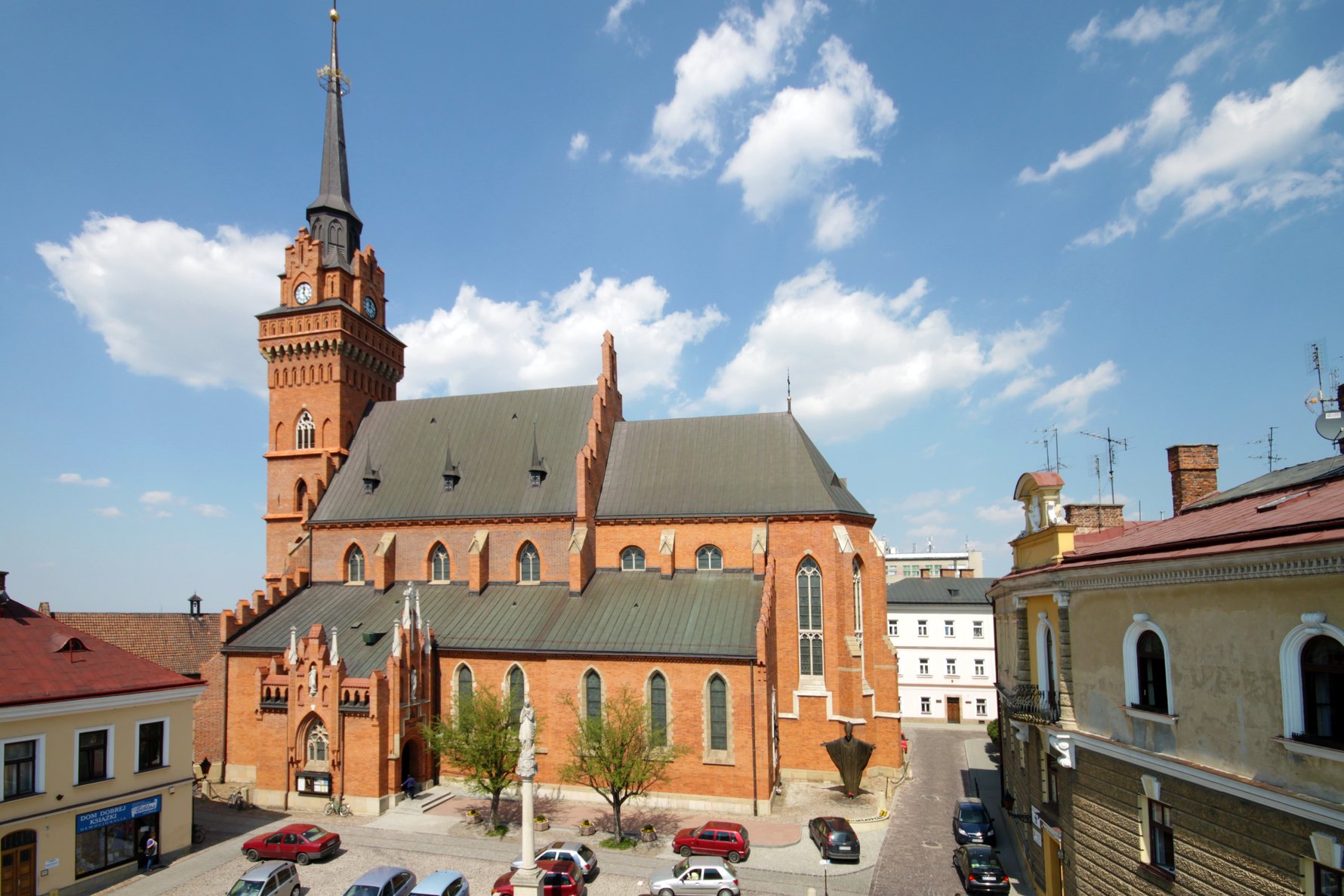
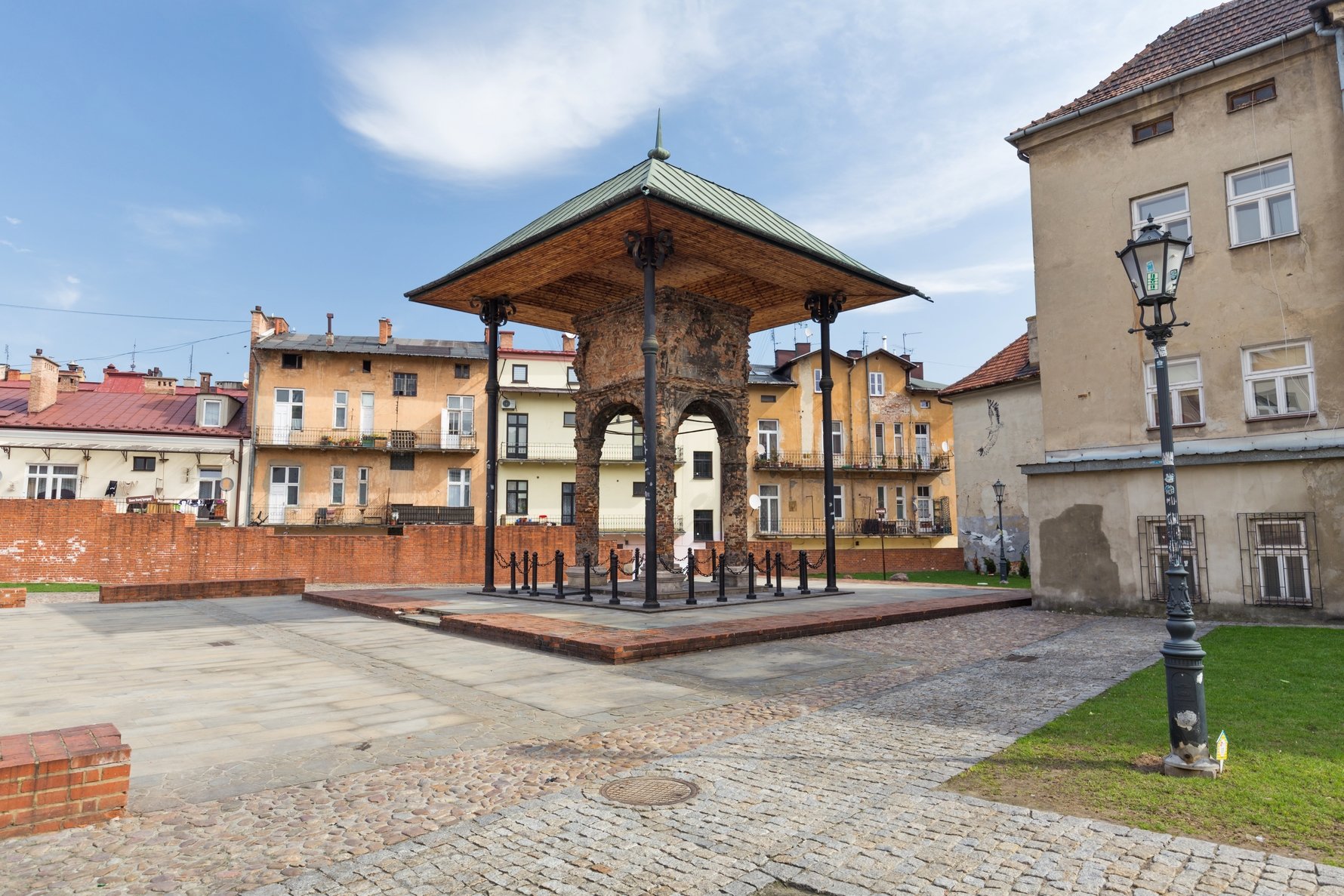
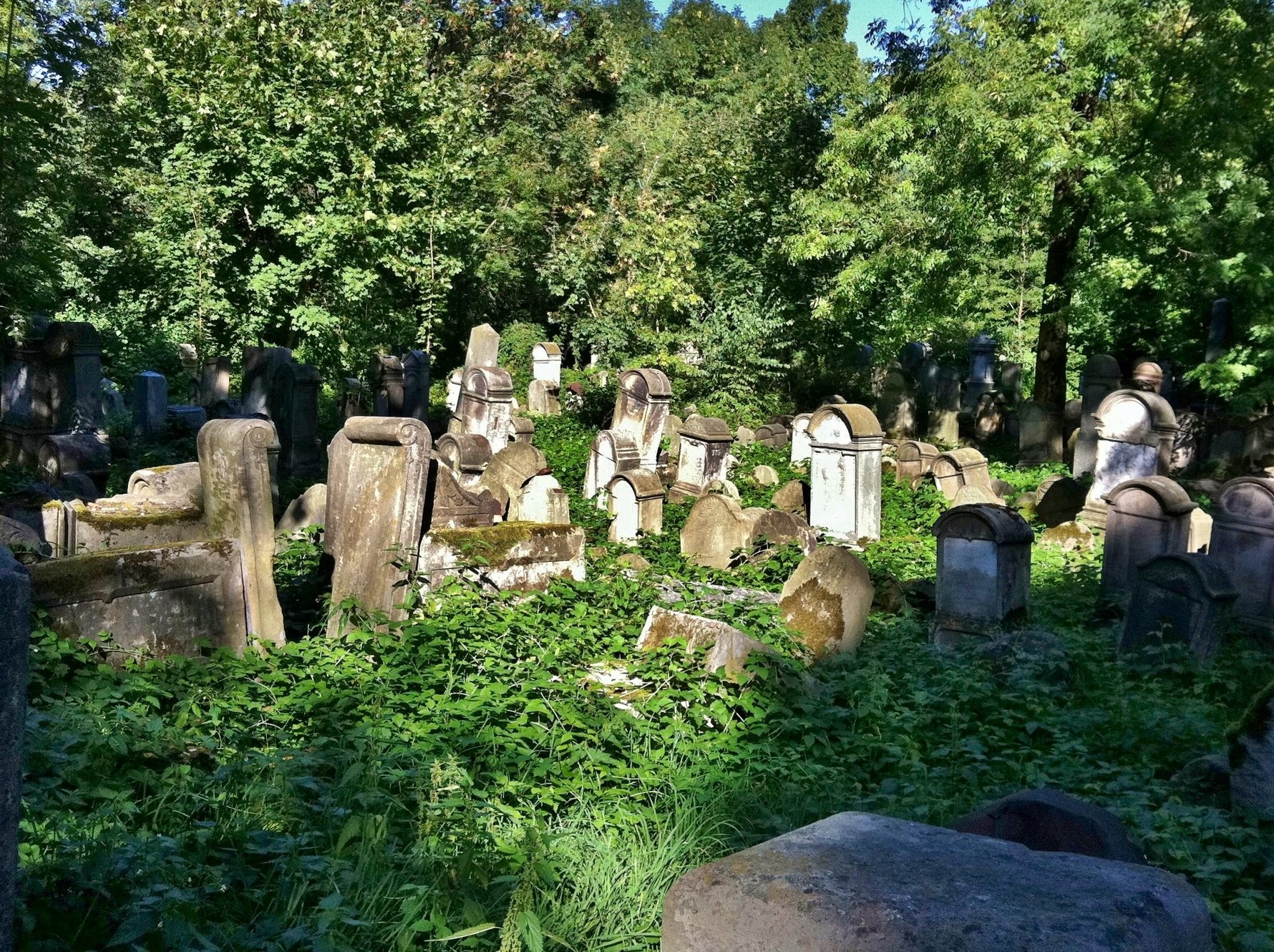
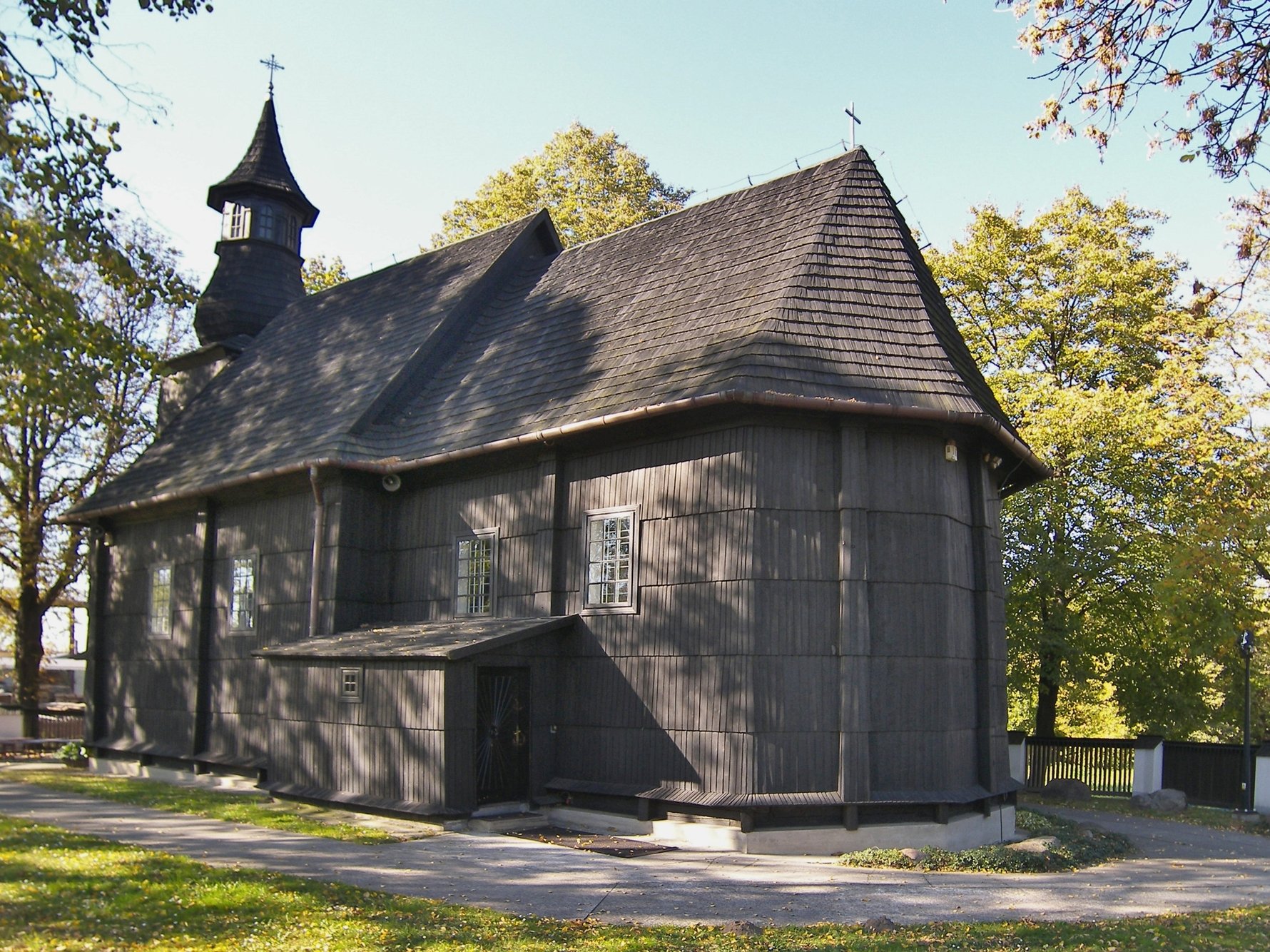

Comments